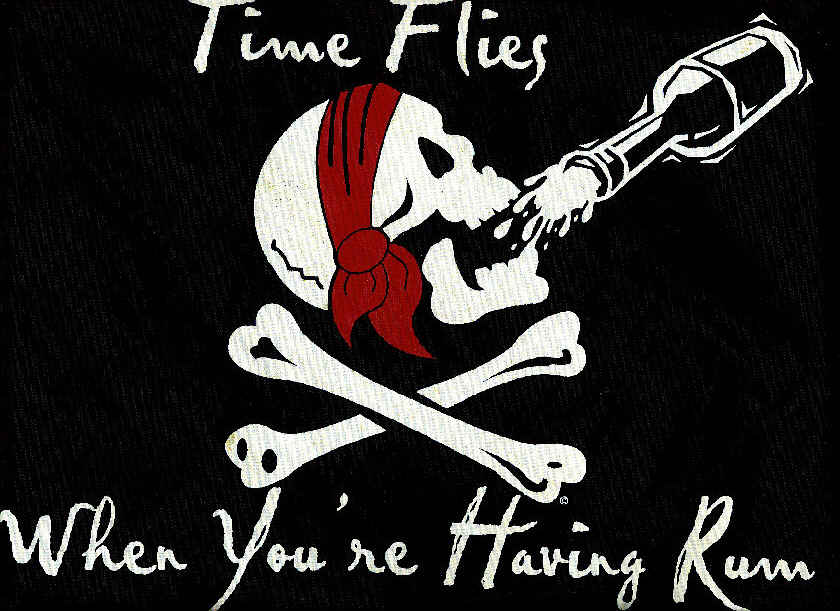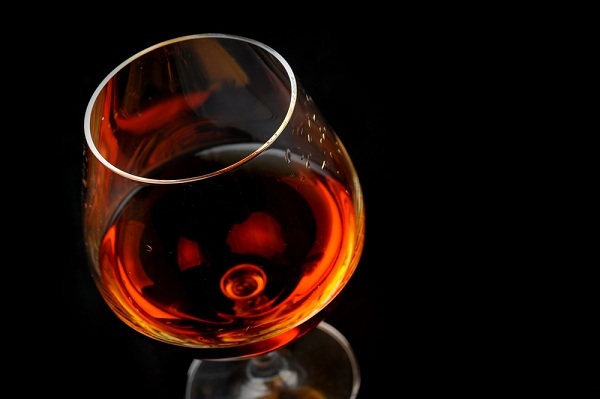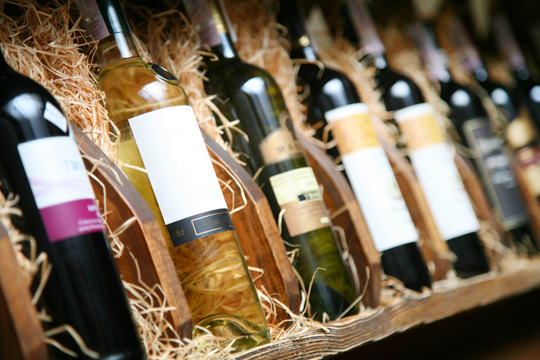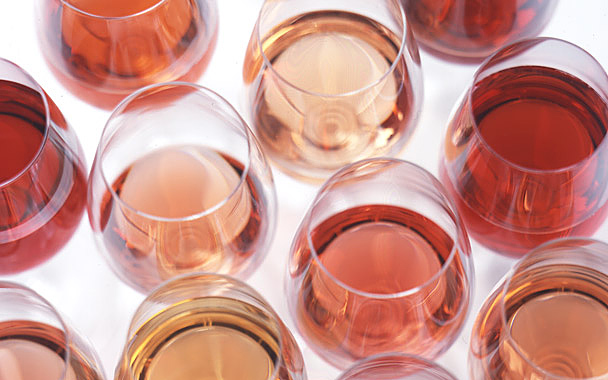The Indestructible Wine, part 1
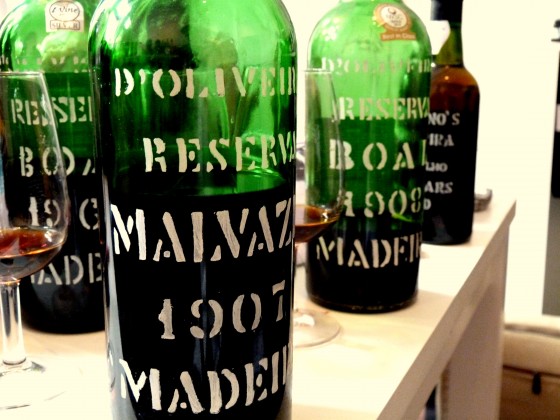
There’s a book I was introduced to recently entitled A History of the World in Six Glasses. The premise of the book is that there are six key beverages that played a major part in shaping world history, as they were the crux of human settlement, the basis in forming major trade operations and trade routes that developed over time to supply those that lacked the beverage with ample amounts from those that made the beverage (or at least grew the ingredients), and the development of modern globalism and consumer culture.
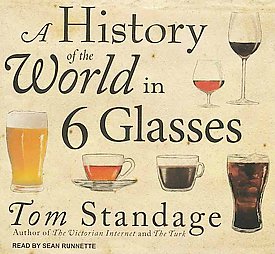 Now, I’m a history buff. Colonial and Revolutionary America in particular is my favorite period. When it comes to the world of wine, there is one beverage that stands out in that time period as an important part of commerce, as well as the everyday meal table for early American wine drinkers. It’s the wines from the Portuguese island of Madeira. Most people only think of it as a cheap cooking wine, but this month I wanted to introduce you to an old American favorite that is so much more.
Now, I’m a history buff. Colonial and Revolutionary America in particular is my favorite period. When it comes to the world of wine, there is one beverage that stands out in that time period as an important part of commerce, as well as the everyday meal table for early American wine drinkers. It’s the wines from the Portuguese island of Madeira. Most people only think of it as a cheap cooking wine, but this month I wanted to introduce you to an old American favorite that is so much more.
First, like most European wines, the name is in reference to a place. The Madeira Islands are a small archipelago of volcanic islands, north of the Canary Islands off the coast of Morocco, of which Madeira Island is the main body of land. They were a very important stopping point during the Age of Exploration from the late 1400s through the early 1800s for ships going to the New World or the East Indies. The islands had an established wine industry for some time, and their product became a major commodity in world trade. Just like Champagne, if your wine doesn’t come from the island of Madeira, it’s not really Madeira wine.
Standard wines had a habit of spoiling on long ocean voyages during that period. The solution to the problem was something the Portuguese are now known for, and that’s fortification. A portion of brandy spirit is added to the wine, raising its alcohol level to roughly 20%. The wine can either be dry or sweet depending on when the spirit is added. This process became common for Portuguese wines at the time, as they were major wine traders with the English and Northern European nations thanks to reoccurring wars with France. The Dutch East India Company was one of the regular customers for the fortified Madeira wines and began trading in them extensively on their long voyages. Several batches they were transporting were refused on delivery and were loaded back onboard for the return trip to Madeira. It was discovered that the wines that made the round trip (vinho da roda) developed a very distinct character from the long heat exposure and constant jostling out on the ocean. These wines suddenly became very popular. Rather than pay to transport wine all over the world as an aging process, the Madeira winemakers developed a system of aging wine in special rooms called estufas, where the heat of the island sun would recreate the conditions of the long ocean trips. The end result is now the modern day beverage of Madeira.
Traditional European grapes were not able to grow in the Colonies due to phylloxera and other pests and diseases, so the New World was reliant on shipping from Europe for their wines. As a result, Madeira wine was a major export product to the British Colonies and early United States. It played a significant role in shaping American history. In fact, one of the major events leading up to the Revolution was the British seizure of John Hancock’s sloop Liberty under charges of smuggling using the Townsend Acts, after there was an argument over the duty on 25 pipes of Madeira the ship had transported. The seizure caused major rioting in Boston.
Most of the Founders are known to have appreciated Madeira as a beverage, and it was even used to toast the signing of the Declaration of Independence. Madeira continued to be a major export product to the States up until the advent of Prohibition in 1920, and is once again becoming an important market in the modern Madeira trade. Now that I’ve introduced you to a bit of background history, next month I’ll take you through the traditional grape growing and winemaking processes behind Madeira and its wines, and try to explain some of the complex labeling and confusing terms used by Madeira producers.
